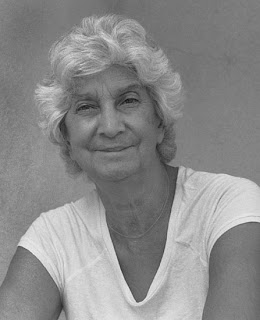 |
| Photo by Richard Evans Schultes |
As for the coincidence, in leafing through the magnificently produced book of photos and biographical notes I saw that I had inadvertently retraced a rather large part of Schultes' journeys when I visited the Northwest Amazon with four friends in 1960. In Schultes' fine photos, made with a Rolleiflex twin-lens camera, I recognized the ceremonial costumes of the Yucuna and Matapie of the Miritiparaná River. The pictures of small river launches on the wide Amazon tributaries and of dugout canoes being wrestled up through shallow rapids brought back a flood of memories from my twentieth year. At that point, I was only seven or eight years behind Schultes, but I don't recall anyone mentioning his name or his presence in the area, even though many people I met there must have known him. Quite likely, my poor language and social skills at the time kept me from appreciating the important part of the region's history represented by the scientist's passage. He was revered by the indigenous people everywhere he went because of the respectful manner in which he undertook his epic investigations which involved not only plant collecting, but also the unraveling of the story of how the native peoples made such sophisticated use of the plant life for medicinal, religious and practical purposes. I wonder now if the warm reception I received so often from people throughout the region was due in a large part to the legacy of good will which Schultes left behind.
My own travels were not guided by Schultes' sense of purpose, but the experience and my memories of the journey nevertheless had a formative influence for me throughout the years and decades since. I think the book about his epic journey and accomplishment will be a fine excuse to revisit those times, and perhaps to solidify some perspective on my recollections which I haven't taken the time to explore up to now.












